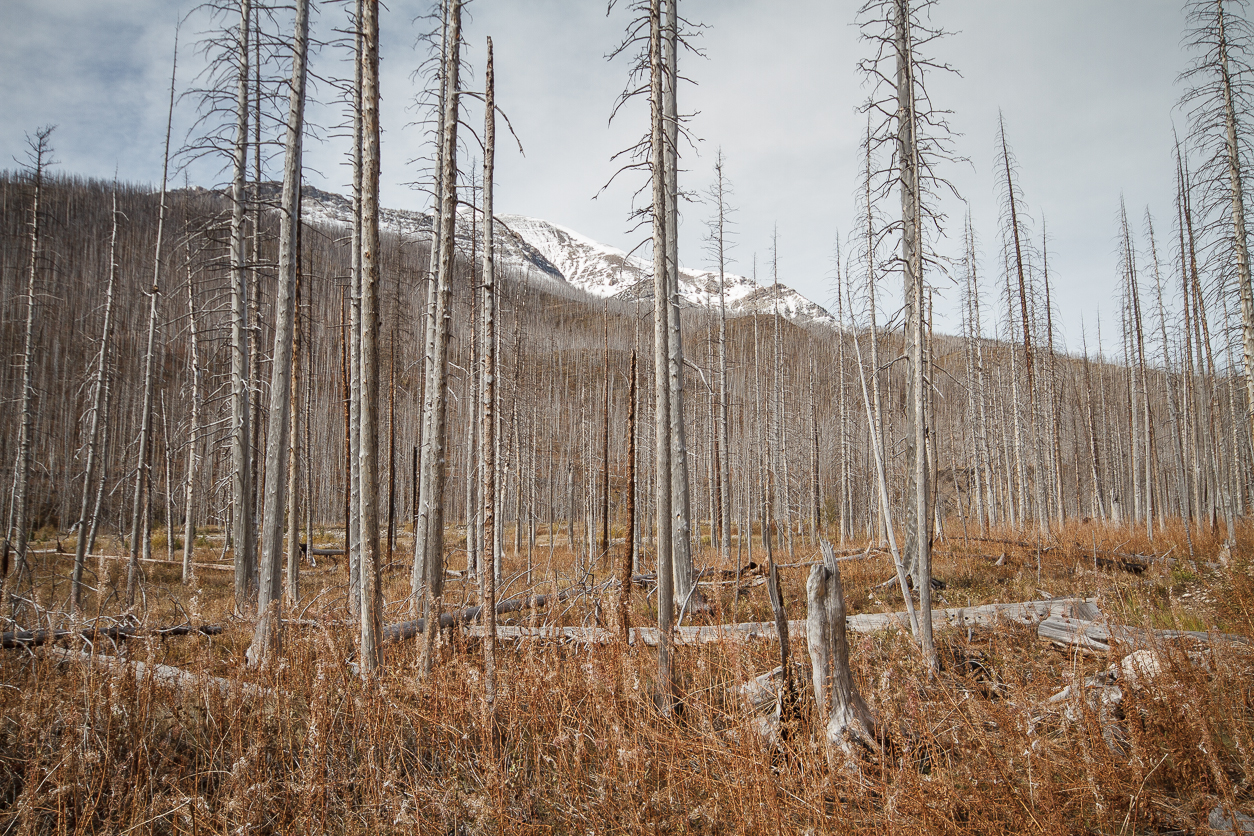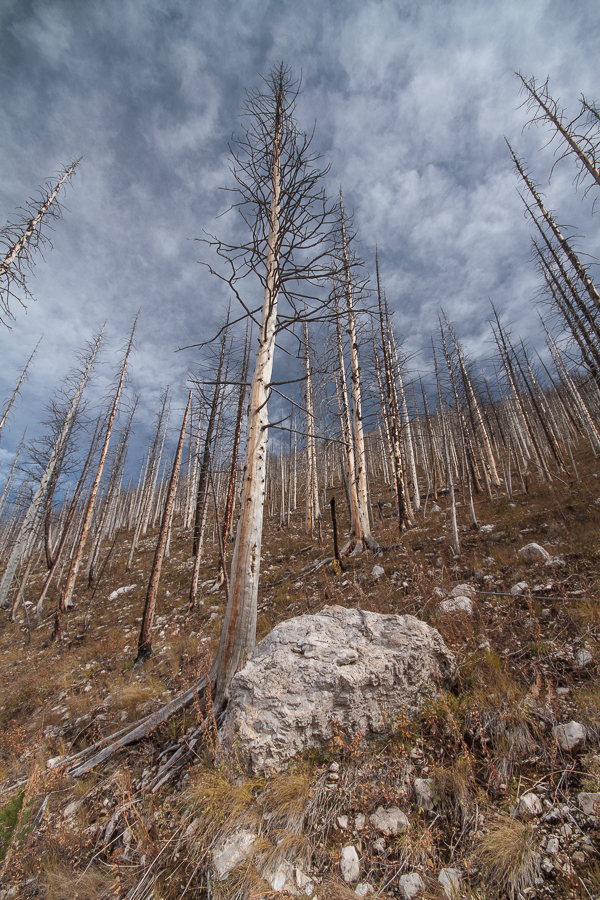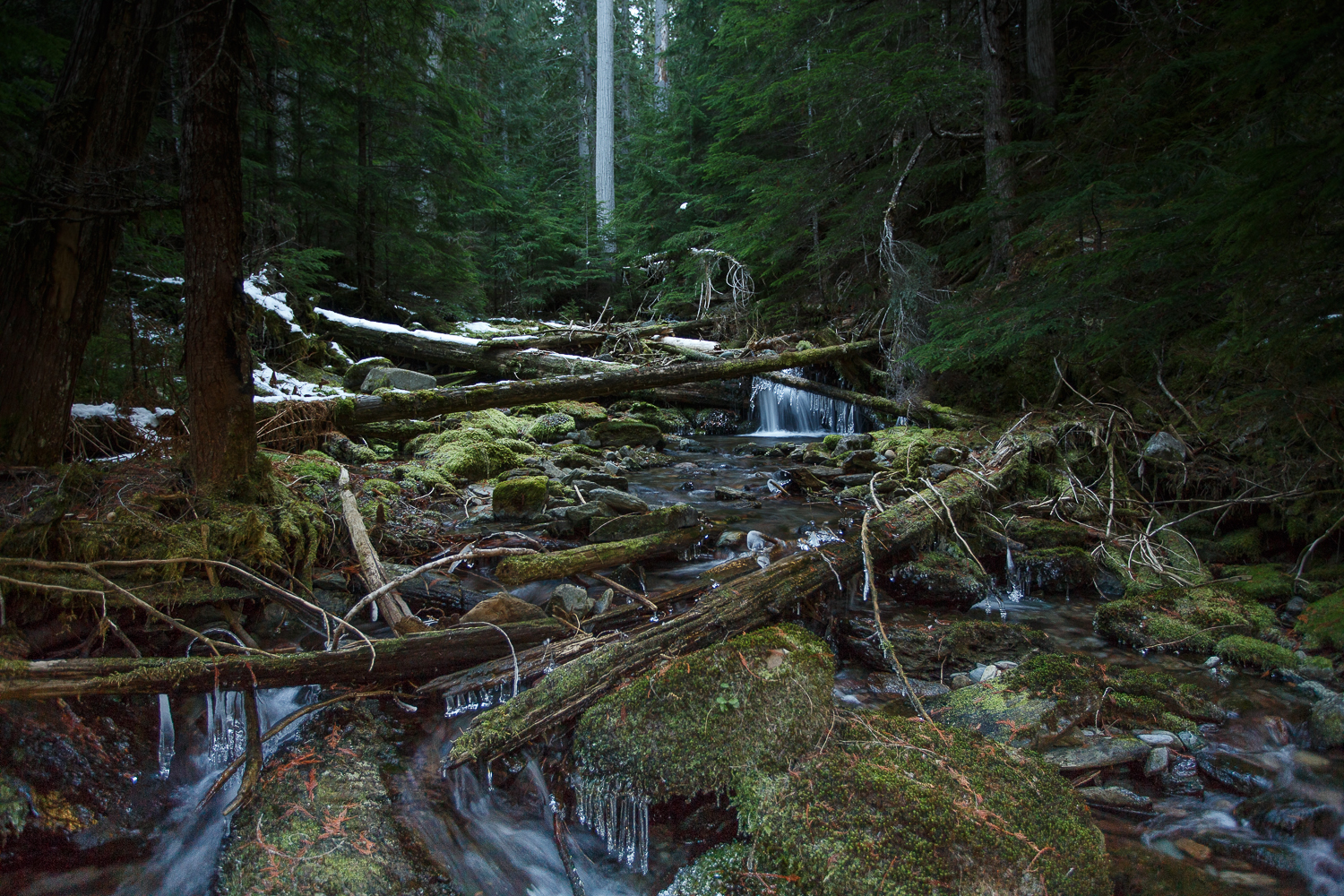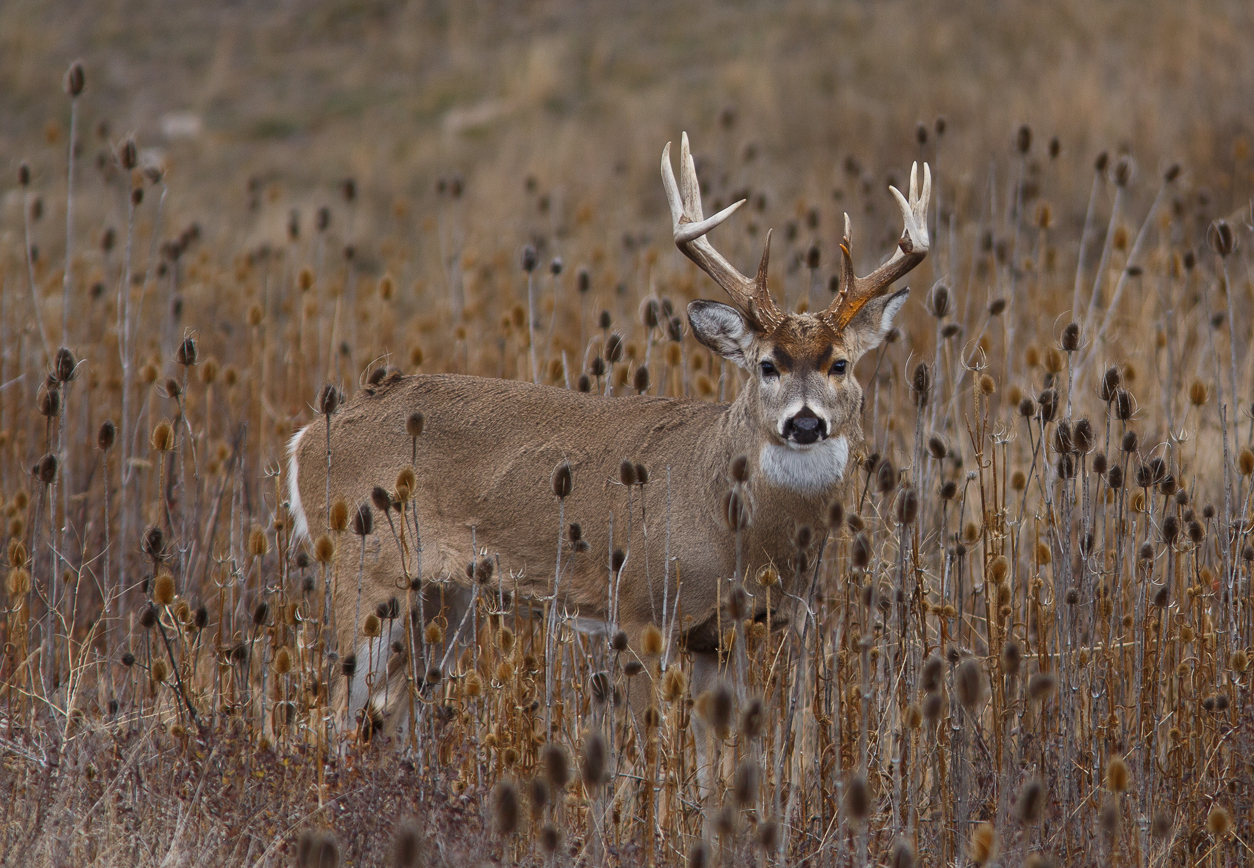Yesterday, Gallup released a fascinating new poll focusing on state satisfaction. The big polling question? If you could leave your state, would you?
50% of Illinois residents answered “yes”, making it the least popular state among its residents. Connecticut was right behind at 49%, with Maryland next at 47%.
Leading the “positive” states were Montana, Hawaii, and Maine, each with 23% of respondents saying they’d like to leave.
As someone who does a bit of traveling (particularly in the lower 48), I’m not at all surprised by these numbers. Illinois is easy enough to explain. 4 of the last 7 governors have been imprisoned, and there may even be two still in jail. To tell you the truth I lost track.
Illinois residents outside of Chicago seem gruff, unhappy. And it may very well be the brutal weather that makes them this way. Chicago is the murder capitol of the world, frozen like the Arctic core in winter, and steam-roomed all summer, both depressing and frying the residents. Add to this an unsettling lack of open spaces and scenery, and you have a grim picture.
That’s not to say that Illinois doesn’t have its great features. The state, like its weather, has two extremes, north and south: the cultural epic that is Chicago, a wonderful, vibrant city, and the Shawnee National Forest at the southern tip. Everything else effuses an almost apocalyptic vibe, from pesticide-soaked corn fields, to Big Ag, to hundreds of miles of strip malls and concrete sprawl oozing from Chicago like molten silver. Some would suggest visiting the “country” by taking a two hour trip into the corn. That’s not country, folks. That’s Agricultural Industry. Country is where the roads start thinning out, where things get wilder. “Country” contains roadless areas.
This isn’t Illinois’ fault. We did this. Illinois was once home to lush meadows and clean rivers, with elk grazing under a clear night sky. Unchecked development has decimated quality of life in the state. In the suburbs, what’s left of the tiny open lands are sold off for office parks or new housing. There is zero respect for open spaces. And, of course, all of this is contagious.
I also spend a lot of time in western states like Montana, Oregon and Wyoming-states that placed high in popularity in the Gallup poll. One thing springs to mind when contrasting these popular states to the least popular, and that is balance. Chicago is five hours from the nearest national forest. Missoula Montana? Ten minutes. Portland, Oregon? Similar. When residents of Portland wake up in the morning, they see Mount. Hood rising 11,250 feet above the landscape, a spectacular and sober reminder there’s more to this world than chain stores, concrete, and strip malls. There is no such reminder in Northern Illinois (the state’s population for the most part). What you see there is what you get, and your life, as such, becomes defined by materialism. How could it not be? And if you buy into this material acquisition mindset, and you aren’t wealthy, well, you’re going to be unhappy.
50% of Illinois residents that bought in, now want to buy-out.
Last winter, I drove from Montana, down from the Rockies and across the great prairie to Northern Illinois. Almost all of the drive was pleasant. However, after crossing the Illinois border, I was hit with a series of expensive tolls. And the roads were rougher than all previous 1400 miles. The air, too, stung my throat and eyes. As I headed towards the western suburbs, all around me loomed a dystopian landscape, with massive power lines dissecting the horizon. Tract housing and strip malls stole away whatever open spaces were left, and soon, that’s all there was. After entering this sea of sprawl my mind began to behave differently. I saw only my daily path from store to store and office to office. Gone were the big things, the grand things, the things that make you think about things that aren’t you.
I remember one morning in Missoula, looking out Hastings Coffee Shop, enjoying my coffee. Sure, I was in the middle of a strip mall. Cars roared past on the avenue. But out there, just above the rooftops and stores loomed the mountains of the Lolo National Forest. I wasn’t able to visit them that day, but sometimes, just knowing you can is enough.





